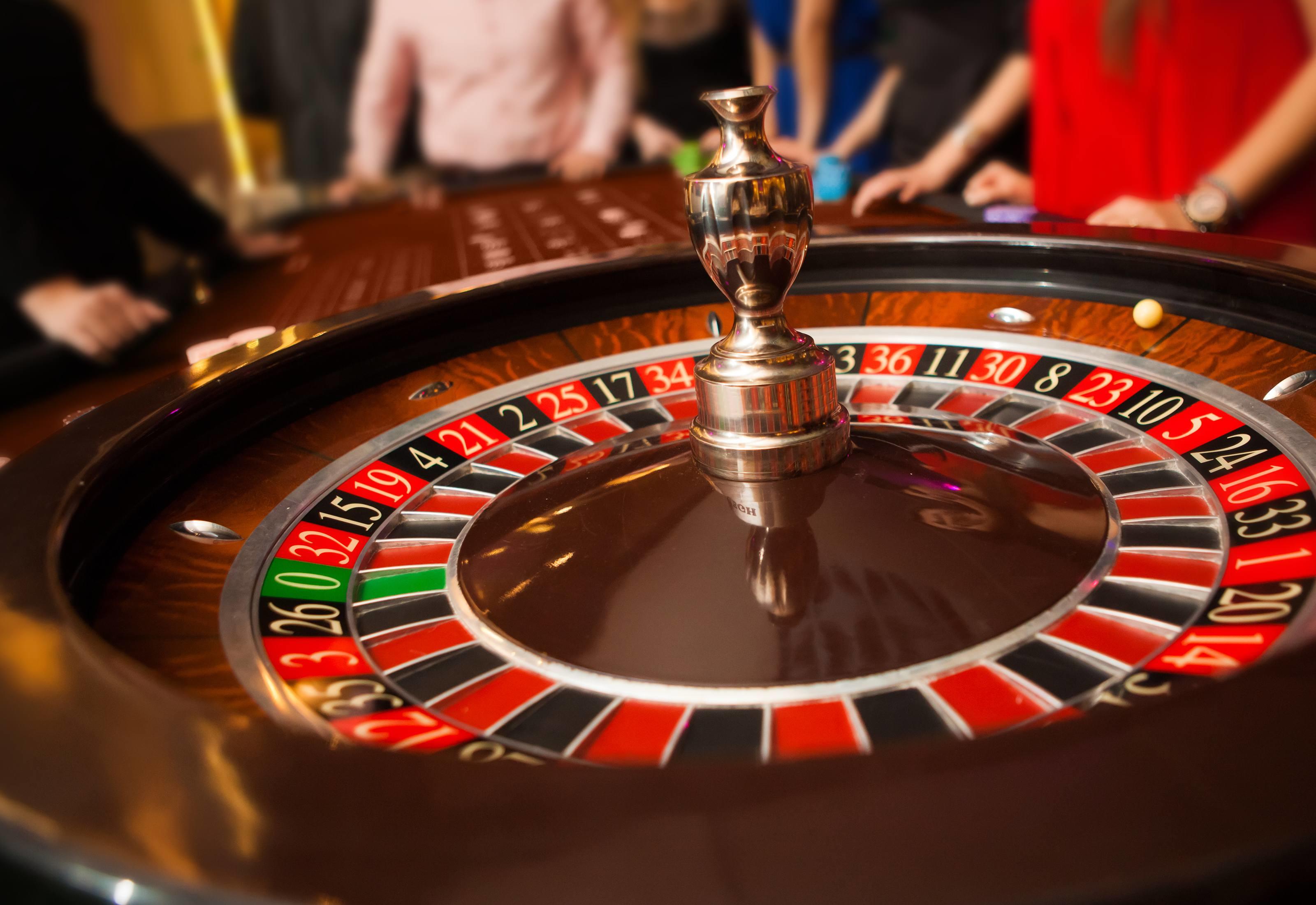Introduction
When I think of learning about probability, all I remember is discussing the chances of rolling each number on a dice. Although this is an effective way to teach probability, my question for this week is: what are the methods that can be used to teach probability?
Gambling
I knew that gambling was all about statistics but I had not considered the fact that games in casinos are probability on a large scale. Akusobi (2010) states ‘all events in gambling games have absolute probabilities that depend on sample spaces, or the total number of possible outcomes’. This means that professional gamblers constantly asses the risk and chances of certain outcomes. This highlighted for me an application of probability that is widely used in casinos all over the world.

A game such as roulette has an element of subjective probability. Investopedia (undated) states ‘it contains no formal calculations and only reflects the subject’s opinions and past experience’. For example, if it has landed on black six times in a row, a person may take the subjective probability approach and assume it will land on red next. This is based on the past experience of several of the same colour in a row. There would be no calculations in this, instead it is a logical assumption. Looking into the mathematics behind gambling brought forward the relevance and applications for me. I think that it is therefore important to make it relevant for the pupils I will teach.
Tossing a Coin
We experimented with tossing a coin in class to explore the probability. We first wrote down our predicted results without tossing a coin and then compared this with results when using a coin. We found that nobody had written the same outcome more than five times in a row. I think this was an example of us applying subjective probability. We all assumed that the chances of the same outcome appearing several times in a row was small. This is because we know that there are only two outcomes and would assume that the number of times for each outcome would be relatively equal. McCluskey and Lalkhen (2017) further explain ‘common sense tell us that, provided the coin is unbiased with heads just as likely to fall as tails, the ratio of heads:tails should be 1:1 and therefore the ‘expected’ outcome after 20 tosses would be 10 heads’. This confirms this idea that we all made an assumption based on the probability that we thought was most likely using common sense.

Rolling a Dice
Starting with the most common example when teaching probability, the dice. Probability is the chance or something happening and in this case, what the chances are of rolling each number. BBC (undated) states ‘there is one way of rolling a 4 and there are six possible outcomes, so the probability of rolling a 4 on a dice is 1/6. This is called the ‘theoretical probability’ – in theory, if you roll a dice six times then you should roll a 4 once’. It is therefore important to highlight to pupils that this is simply a theoretical probability. However, I think that of we were to explain this to pupils, they may not fully understand. I think it is important to let pupils explore and discover this theoretical probability for themselves. For example, rolling a dice for themselves and recording results. Exploring this concept independently will give the pupils a more thorough understanding of probability.
:max_bytes(150000):strip_icc()/TwoDice-58bddad45f9b58af5c4aa0d4.jpg)
Terms
Now that my own knowledge of probability is better, I have realised the concept does not need to be taught in isolation. I think it could be effective to teach probability within other activities. For example, when the pupils are playing games. The pupils could explore what the odds are of winning or losing. This could promote discussion about maths. Pupils should first have an understanding of the terms. MCA Online (2017) explains the terms as impossible, unlikely, even chance, likely and certain. I think it would be effective to encourage pupils to identify the probability of different situations using these terms. This will encourage a consideration of the application of probability in daily life.
Conclusion
Therefore, my experience of learning about probability made it a far more interesting concept for me. It has also allowed me to see the applications of it elsewhere. This means that I have a much deeper understanding of the topic. This has also shown me that I must provide the same experience for pupils. They should also have the opportunity to learn in interesting and engaging ways in order to build a positive relationship with mathematics.
References
Akusobi, C. (2010). ‘Should You Bet On It? The Mathematics of Gambling’. Available at: http://www.yalescientific.org/2010/02/should-you-bet-on-it-the-mathematics-of-gambling/. (Accessed: 30/10/18).
BBC (undated). ‘Probability’. Available at: https://www.bbc.com/bitesize/guides/zsrq6yc/revision/2. (Accessed: 30/10/18).
McCluskey, A, Lalkhen, G, A. ‘Statistics III: Probability and statistical tests’. Continuing Education in Anaesthesia Critical Care & Pain. Volume 7, Issue 5. Available at: https://academic.oup.com/bjaed/article/7/5/167/534620. (Accessed: 30/10/18)
Victoria University (2017). ‘Basic definitions and concepts’. Available at: http://www.staff.vu.edu.au/mcaonline/units/probability/procon.html. (Accessed: 31/10/18)
Images
The Traveller’s Guide to the Best Manchester Land-Based Casinos
https://www.thoughtco.com/thmb/lvjed7xsmt0LaJWwoYxg-GadMNc=/768×0/filters:no_upscale():max_bytes(150000):strip_icc()/TwoDice-58bddad45f9b58af5c4aa0d4.jpg
http://math.ucr.edu/home/baez/games/games_9.html
